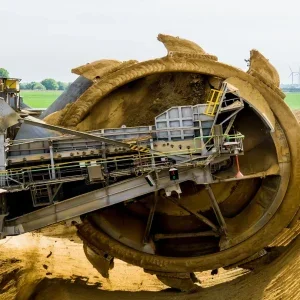
Iberdrola estimates that Wikinger will offset nearly 600,000 tonnes of CO2 emissions into the atmosphere each year.
Over 2,000 construction and manufacturing jobs were created for the offshore wind farm project which took about 18 months for its completion.
In a statement, the Spanish company said: “Iberdrola has met the demanding time frame set to build Wikinger thanks to the company's extraordinary multidisciplinary and multinational team, fully engaged with the project, and the collaboration of all its suppliers and contractors.
“In the process, it overcame all kinds of technology challenges and complications caused by the Baltic Sea's extreme weather conditions during autumn and winter.”
The Wikinger offshore wind farm comprises 70 AD 5-135 turbines manufactured by Adwen with each having a capacity of 5MW. According to Adwen, the turbines are made up of a 222 ton nacelle, 443ft diameter rotor, 254ft long blades, and a 246ft high tower.
In October 2017, all the 70 wind turbines of the project were installed.
Wikinger is the second offshore wind farm of Iberdrola after the 389MW West of Duddon Sands (WoDS) located in the Irish Sea which it jointly owns with Orsted. Commissioned in 2014, WoDS was built with an investment of over £1.6bn and is capable of providing power to around 300,000 British homes.
Apart from the two offshore wind farms, Iberdrola is in the process of developing the 714-MW East Anglia One wind farm in the UK North Sea with an investment of £2.5bn.
Image: The 350MW Wikinger offshore wind farm in German Baltic Sea. Photo: courtesy of Iberdrola, S.A.






